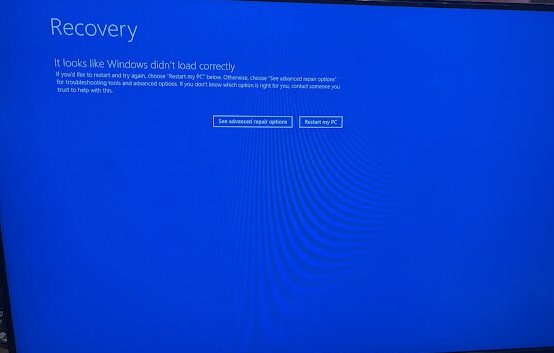The Lightweight Directory Access Protocol (LDAP) is a vendor-neutral software protocol used to lookup information or devices within a network. Whether you want to build a central authentication server for your organization or want to simplify access to internal servers and printers, LDAP is the answer.
What is LDAP?
LDAP is a standard protocol designed to maintain and access “directory services” within a network. Think of a directory service as a phonebook for different network resources like files, printers, users, devices, and servers, etc.
For example, an organization may store information for all their printers in a directory. LDAP can enable users to search for a specific printer, locate it on the network, and securely connect to it.
LDAP is widely used to build central authentication servers. These servers contain usernames and passwords for all the users within a network. Any-and-all applications and services can connect to the LDAP server to authenticate and authorize users.
LDAP directories typically contain data that is regularly accessed, but rarely changed. LDAP is designed to deliver exceptionally fast READ performance, even for larger datasets. However, the WRITE performance is significantly lower.
How does LDAP work?
To connect to a LDAP directory, a user must have an LDAP client installed on their device. Here’s how a typical LDAP workflow looks like:
- Using the client, the user establishes a secure connection with the LDAP directory.
- They send a “search” query to the directory for a specific printer.
- The LDAP directory authenticates the user.
- The search operation is performed within the directory, and the address of the requested printer is returned.
- The secure connection to the LDAP directory is closed.
- The user connects to the printer.



